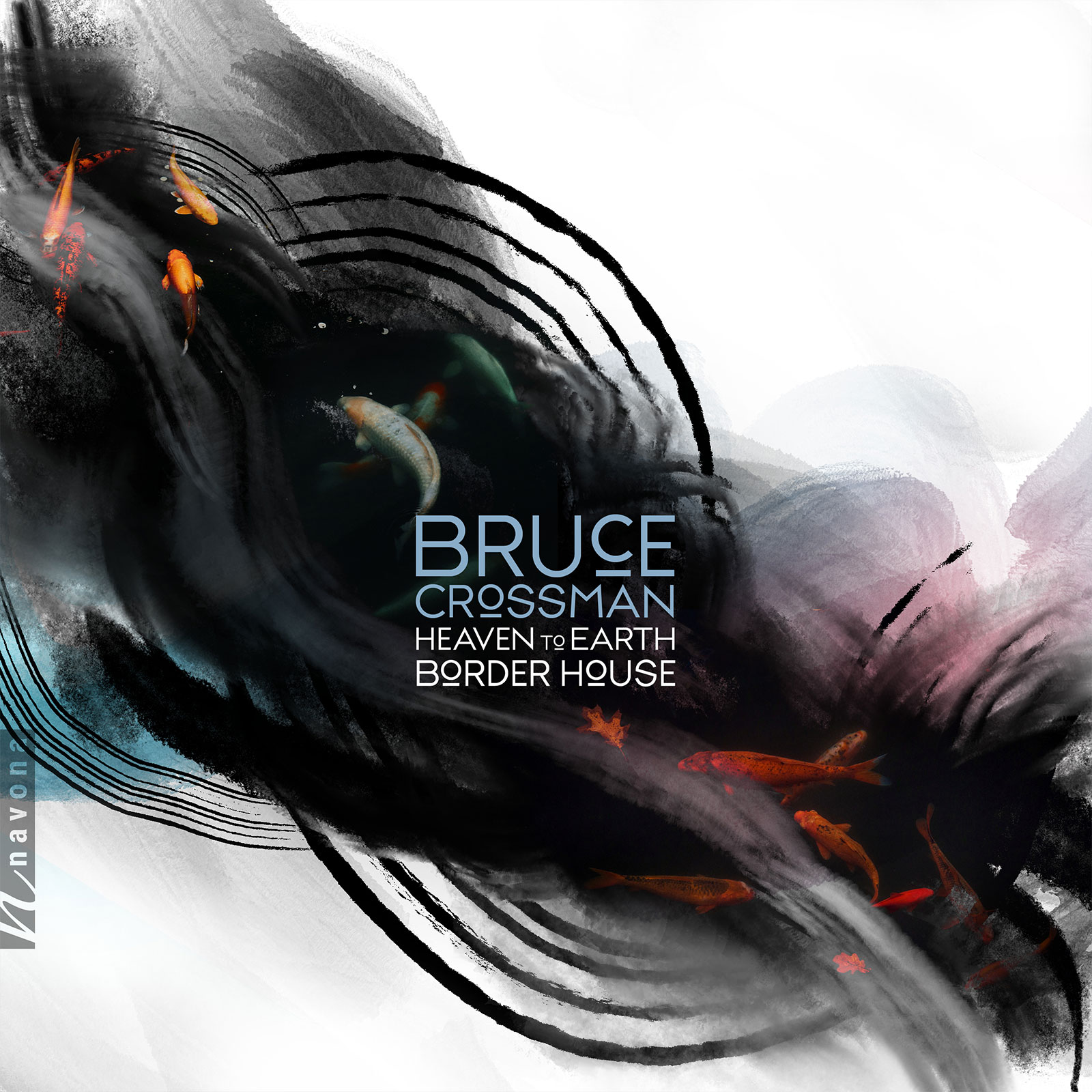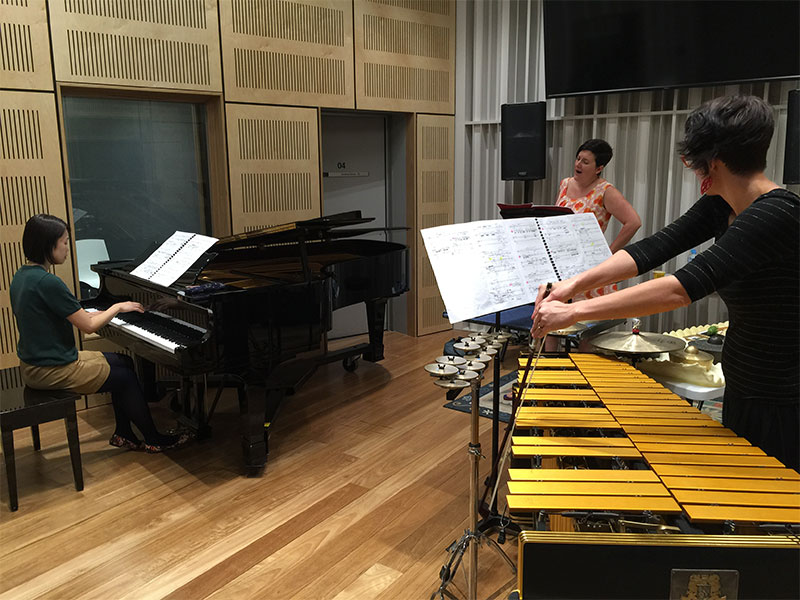Heaven to Earth Border House
Bruce Crossman composer
Australian Bruce Crossman blends East and West in his new release HEAVEN TO EARTH BORDER HOUSE on Navona Records. With his modernist approach to musical construction and style, he effortlessly integrates traditional Western, Korean, and Chinese instruments and philosophies into a coherent, enlightening whole.
HEAVEN TO EARTH BORDER HOUSE uniquely features two kinds of zithers: the Korean gayageum as well as the Chinese guzheng, and the largest Korean bamboo flute, the taegum. These instruments are alternatingly grounded by Western percussion, the piano and a haunting soprano. The subject matter of the musical pieces is ethereal: Allegoric titles such as Garden of Fire, Fragrant Rain Clouds of Love, and Strange Invisible Perfume reveal the fragile poetry expressed in the music – oscillating between the sensual and the spiritual.
Listen
Stream/Buy
Choose your platform
"a poetic and worldly delivery brings in some unique instruments that illuminate his innovative vision."
Track Listing & Credits
| # | Title | Composer | Performer | |
|---|---|---|---|---|
| 01 | Shy Like Blushing Flowers: Fragrant Rain Clouds Of Love | Bruce Crossman | Timothy Phillips, percussion; Michael Kieran Harvey, piano | 12:37 |
| 02 | Shy Like Blushing Flowers: Interlude 1 | Bruce Crossman | Anna Fraser, mezzo-soprano; Linda Yim, piano | 1:11 |
| 03 | Shy Like Blushing Flowers: Garden Of Fire | Bruce Crossman | Anna Fraser, soprano; Claire Edwardes, percussion; Linda Yim, piano | 15:24 |
| 04 | Shy Like Blushing Flowers: Interlude 2 | Bruce Crossman | Anna Fraser, mezzo-soprano; Linda Yim, piano | 1:11 |
| 05 | Shy Like Blushing Flowers: Strange Invisible Perfume | Bruce Crossman | Chiu Tan Ching, guzheng; Claire Edwardes, percussion | 11:48 |
| 06 | Heaven To Earth Border House | Bruce Crossman | Hyelim Kim, taegŭm; Yi Ji-young, gayageum | 18:05 |
FRAGRANT RAIN CLOUDS OF LOVE
Text by Tang Xianzu (from Young Lovers’ Edition Peony Pavilion); translated by Lindy Li Mark
Recorded September 2, 2016 at Playhouse, Western Sydney University in Sydney, Australia
Session Producers Ian Stevenson and Bruce Crossman
Session Engineers Ian Stevenson, Mitchell Hart, and Noel Burgess
Sponsor School of Humanities and Communication Arts, Western Sydney University
℗ 2016 Western Sydney University for Creativity Unlimited 2016
INTERLUDE 1
Composed/remixed by Ian Stevenson
Recorded October 8, 2017 at Building F (studio), Western Sydney University in Sydney, Australia
Session Producer & Engineer Ian Stevenson
Sponsors Joan Sutherland Performing Arts Centre, Western Sydney University, and NSW Government, CREATE NSW
GARDEN OF FIRE
Text by Tang Xianzu (from Young Lovers’ Edition Peony Pavilion); translated by Lindy Li Mark
Recorded October 10, 2017 at Building F (studio), Western Sydney University in Sydney, Australia
Session Producers Ian Stevenson and Bruce Crossman
Session Engineer Ian Stevenson
Sponsors Joan Sutherland Performing Arts Centre, Western Sydney University, and NSW Government, CREATE NSW
Special thanks William Lane – artistic director, Hong Kong New Music Ensemble (for Linda Yim)
INTERLUDE 2
Composed/remixed by Ian Stevenson
Recorded October 8 2017 at Building F (studio), Western Sydney University in Sydney, Australia
Session Producer & Engineer Ian Stevenson
Sponsors Joan Sutherland Performing Arts Centre, Western Sydney University, and NSW Government, CREATE NSW
STRANGE INVISIBLE PERFUME
Text from Holy Bible (Mandarin); Shakespeare’s Antony and Cleopatra (Mandarin); Jocelyn Chey, romanizations; Text by Tang Xianzu (from Young Lovers’ Edition Peony Pavilion); Translated by Lindy Li Mark
Recorded July 20, 2017 at Playhouse, Western Sydney University in Sydney, Australia
Session Producer Ian Stevenson and Bruce Crossman
Session Engineers Ian Stevenson, Mitchell Hart, and Noel Burgess
Sponsors Australia-China Institute for Arts and Culture and the School of Humanities and Communication Arts, Western Sydney University
Special thanks William Lane, artistic director, Hong Kong New Music Ensemble (for Chiu Tan Ching)
℗ 2017 at Western Sydney University for Australia-China Institute for Arts and Culture
HEAVEN TO EARTH BORDER HOUSE
Text by Kate Fagan (from “Border House (Notes to a Bird)”)
Recorded (gayageum) November 8, 2020 at Seoul National University in Seoul, Korea
Recorded (taegŭm) November 21, 2020 at Stella Polaris Studios in London, United Kingdom
Mixed at Stella Polaris Studios in London, United Kingdom, and Building F (studio), Western Sydney University in Sydney, Australia
Session Producer Øyvind Aamli and Hyelim Kim (London)
Session/Mastering Engineer Øyvind Aamli (London)
Mastering Engineer Mitchell Hart (Sydney)
Sponsor School of Humanities and Communication Arts, Western Sydney University
General Manager of Audio & Sessions Jan Košulič
Recording Sessions Director Levi Brown
Audio Director Lucas Paquette
Mastering Shaun Michaud
Executive Producer Bob Lord
Executive A&R Sam Renshaw
A&R Director Brandon MacNeil
A&R Ivana Hauser
VP, Design & Marketing Brett Picknell
Art Director Ryan Harrison
Design Edward A. Fleming
Publicity Patrick Niland, Sara Warner
Artist Information
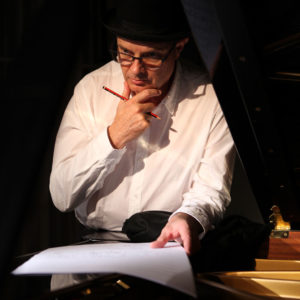
Bruce Crossman
Bruce Crossman’s sound world embraces Asian traditional musics, free form improvisation and European influenced interval-colour sonority towards a personal Pacific identity. He has been mentored by Chinary Ung and studied composition with Ross Edwards, David Blake and Jack Speirs.

Yi Ji-Young
Yi Ji-young (gayageum) is considered one of the most important Korean gayageum players of our time with a legacy stretching from traditional sanjo to contemporary avant-garde repertoire.
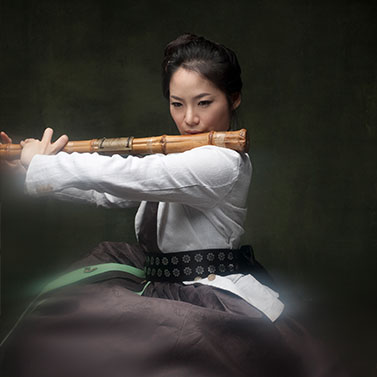
Hyelim Kim
Hyelim Kim (taegŭm) is a world-renowned traditional Korean taegŭm performer and intercultural improviser, who is a Visiting Research Fellow, Bath Spa University (UK).
Michael Kieran Harvey
Michael Kieran Harvey (piano) is an internationally renowned pianist, composer, and improviser. Harvey was born in Sydney and studied piano with Alan Jenkins, Gordon Watson, and at the Liszt Academy, Budapest, under Sándor Falvai.
Timothy Phillips
Timothy Phillips (percussion) is an internationally renowned percussionist, conductor, and composer. Phillips holds degrees from the Canberra School of Music and the State University of Music in Karlsruhe, Germany studying with Daryl Pratt and Professor Isao Nakamura respectively.
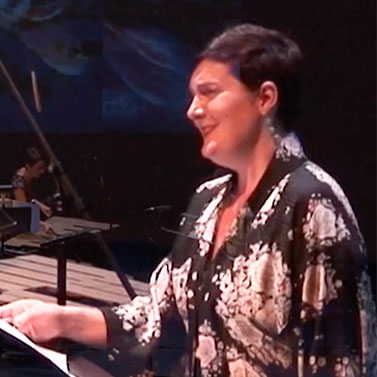
Anna Fraser
Anna Fraser (soprano) has gained an enviable reputation as a versatile soprano specialising predominantly in the interpretation of early and contemporary repertoire. She has been a long-serving permanent member of Australia’s leading vocal ensemble, The Song Company.
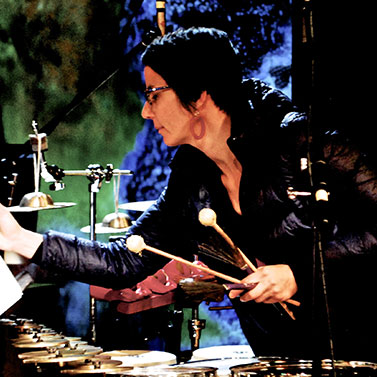
Claire Edwardes
Claire Edwardes (percussion) is an internationally renowned Australian percussionist and artistic director of the Sydney new music group, Ensemble Offspring.
Linda Yim
Linda Yim (piano) is a core member of the Hong Kong New Music Ensemble, one of the leading government funded arts institutions in Hong Kong.
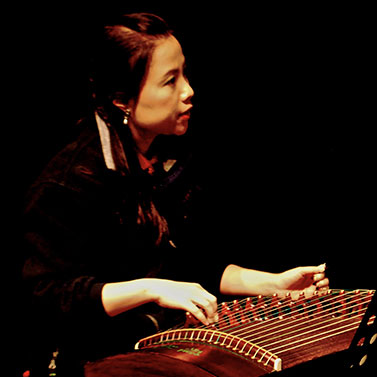
Chiu Tan Ching
Chiu Tan Ching (guzheng) is a leading Hong Kong contemporary guzheng virtuoso whose work with the Hong Kong New Music Ensemble includes the prestigious New Vision Arts Festival.
Ian Stevenson
Ian Stevenson is a specialist in the field of audible design with over 20 years of experience as an audio engineer, producer, sound artist, and educator. He is currently senior lecturer in music and sound design at the University of Technology Sydney.
Kate Fagan
Kate Fagan is the Director, Writing and Society Research Centre at Western Sydney University. She is an internationally recognised poet and songwriter whose third collection of poetry First Light (Giramondo, 2012) was short-listed for both the NSW Premier’s Literary Awards and The Age Book of the Year Award.
